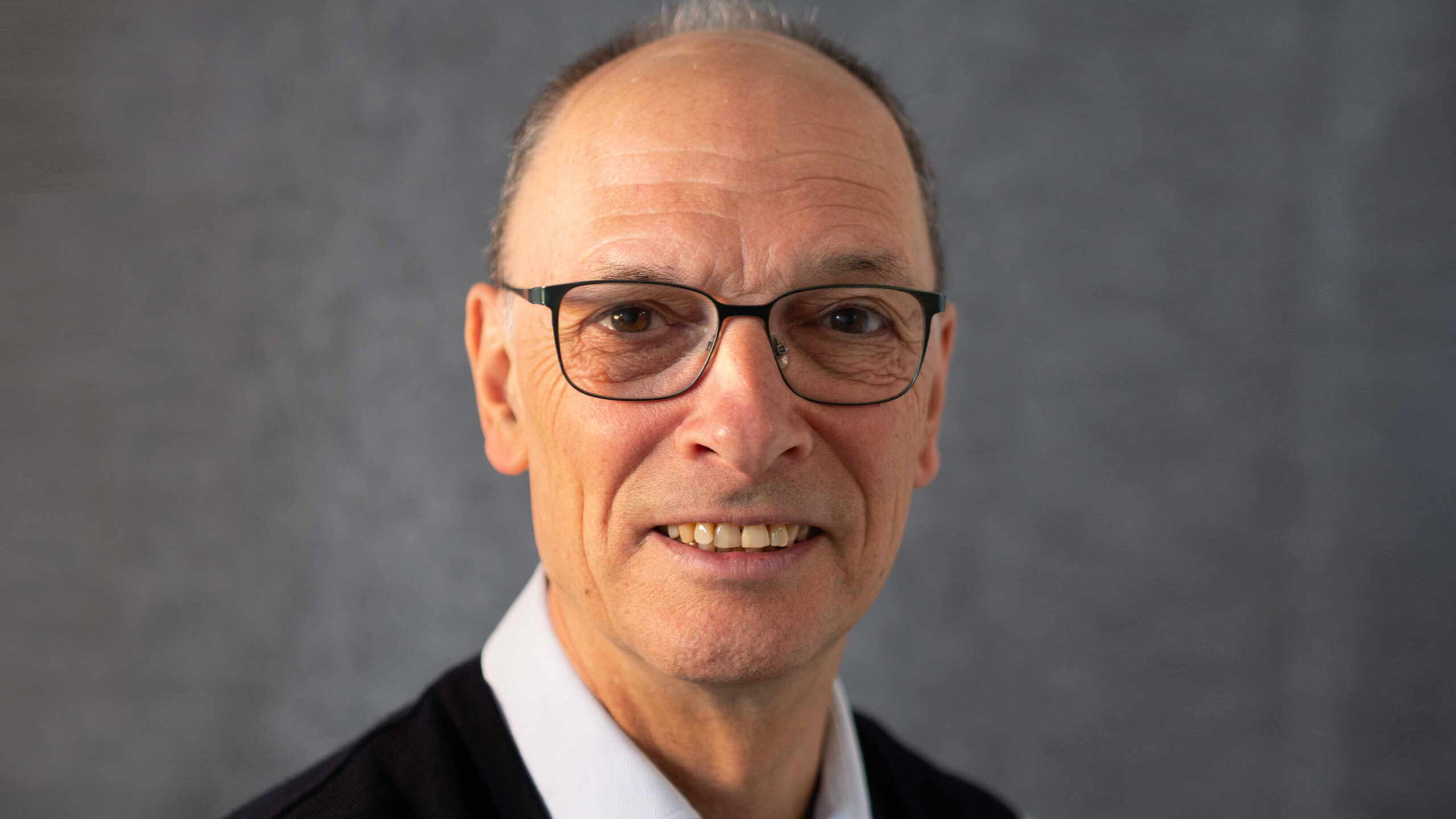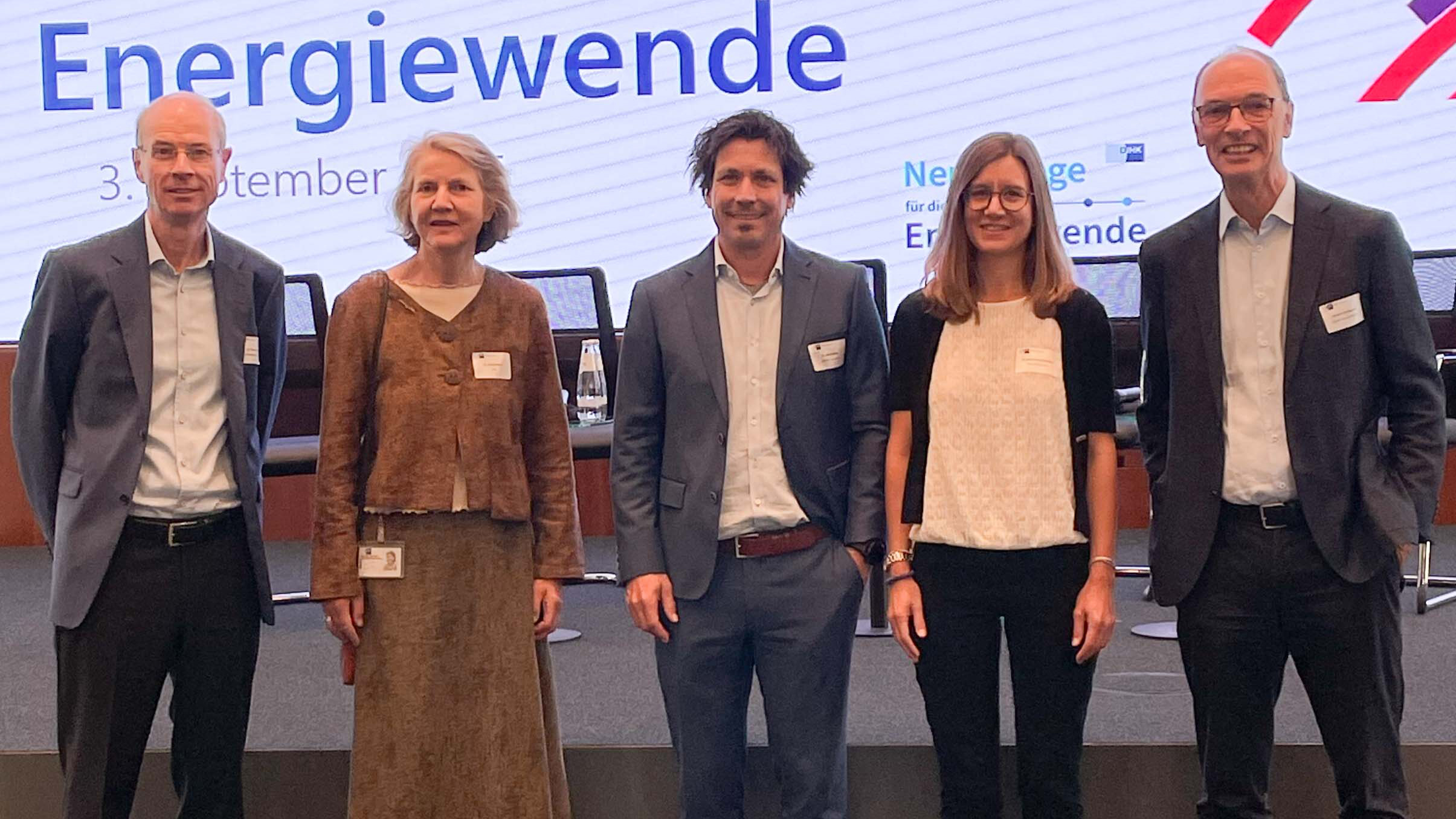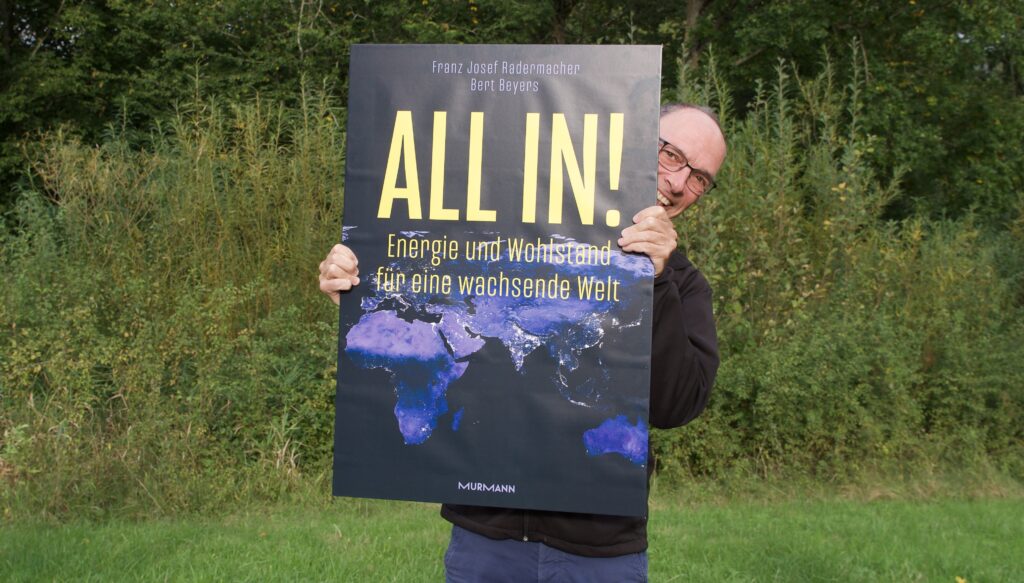CCUS stands for the capture of CO2 during combustion processes and the further disposal or use of the gas. The technology had a bad reputation in Germany for a long time – at least among advocates of “renewables only”. The rejection was (and still is) a consequence of the misconception that the energy transition would soon lead to a complete phase-out of coal, gas and oil. This is an illusion for the coming decades. Because around 80 percent of the primary energy used worldwide still comes from fossil sources
Virtually everyone who wants to solve the climate problem efficiently is now backing carbon capture as a game changer. This includes the International Energy Agency (IEA), the Intergovernmental Panel on Climate Change (IPCC) and the European Union (EU). Of course, carbon capture is not a miracle technology. Climate neutrality can only be achieved in conjunction with other components of the GES ALL IN! approach – including the development of wind and solar energy and low-carbon fuels.
Germany has lost valuable time over the past few years. The development and commercialization of CCUS technology has been done by others. Norway, for example, wants to make a big business out of it. Germany will now need the help of its neighbors to catch up again.

Germany must move now.
- The political regulations (carbon management strategy, Carbon Dioxide Storage Act, London Protocol) should be adopted immediately. No investments without clear framework conditions.
- CCUS technology should be used in all industries (lime and cement, waste incineration plants, chemicals and, last but not least, gas-fired power plants) – in order to rapidly reduce overall emissions.
- The CO2 transport network should be built integratively and in parallel with the hydrogen network. Scaling would increase the economic efficiency of the CO2
This newsletter contains:
- An introductory article by Christof von Branconi and Thomas Frewer with the central statements and demands
- Thomas Frewer’s analysis of the status quo in Germany and Europe
- A global overview of the development and spread of the technology and an analysis of the costs by Tobias Orthen and Franz Josef Radermacher
- In addition, two examples of advanced carbon capture technology from Hans-Peter Sollinger: cement and waste incineration, including the production of climate-friendly fuels.
Carbon capture offers great potential for reducing emissions while keeping costs down at the same time. Carbon capture is an important building block for achieving decarbonization in an economically viable way.





